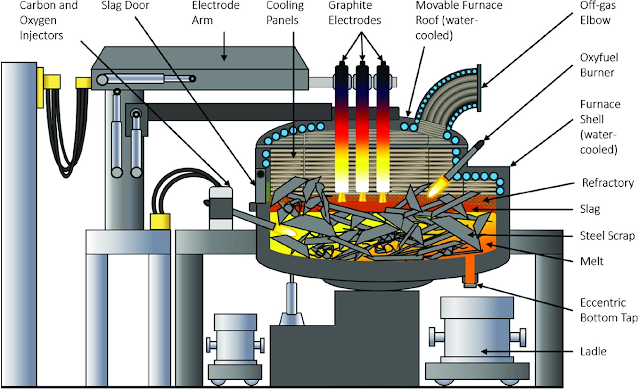Sulfur Reduction Process in Ladle Refining Furnace LRF
Sulfur reduction in ladle refining furnace (LRF) processes often involves desulfurization techniques to reduce the sulfur content in the molten metal. Here are some common ways to reduce sulfur in LRF:
1. Additives: Use desulfurizers such as lime (calcium oxide) or magnesium to react with sulfur to form slag. This helps remove sulfur from the molten metal.
2. Stirring: Introduce stirring mechanisms such as argon gas bubbling or electromagnetic stirrer to promote better mixing and distribution of desulfurizer.
3. Slag formation: Ensure the formation of a suitable slag layer that can absorb sulfur. Adjust the slag composition and maintain the appropriate temperature for effective desulfurization.
4. Temperature control: Maintain an appropriate temperature range to effectively allow the desulfurization reaction to occur.
5. Control oxygen content: Adjust the oxygen content in the furnace atmosphere to enhance desulfurization.
6. Monitoring: Regularly monitor sulfur levels using appropriate analytical methods to ensure expected reductions are achieved.
7. Alloying: Consider using low-sulfur alloys to reduce the initial sulfur content in the metal.
These parameters must be optimized according to the specific requirements of the LRF and the type of steel being processed. Additionally, consulting a metallurgical expert or engineer with experience in LRF operations can provide valuable insights into sulfur reduction technologies.



.jpg)







